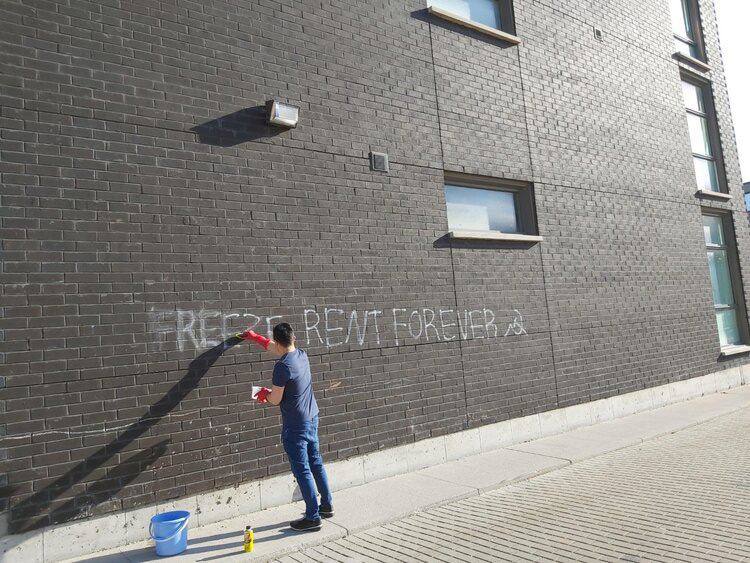By Mary Rowe
This op-ed originally appeared in the Nature of Cities.
A few months before COVID, I accepted a position to lead a national charity focused on the quality of life in Canadian cities. Canada’s Urban Institute was founded 30 years ago, before cities were as widely acknowledged as the dominant unit of human settlement of the 21st century. But in 2020 they are. Canada is one of the most urbanized countries in the world with close to 90 per cent of the population living in communities of 5000 people or more. Two-thirds of this nation’s GDP comes out of six urban centres. But the dominant narrative in Canada does not reflect this reality. We still perpetuate a settler story: rural communities, smaller towns, two or three “global” but more likely niche cities, and an agrarian and resource extraction-based economy.


